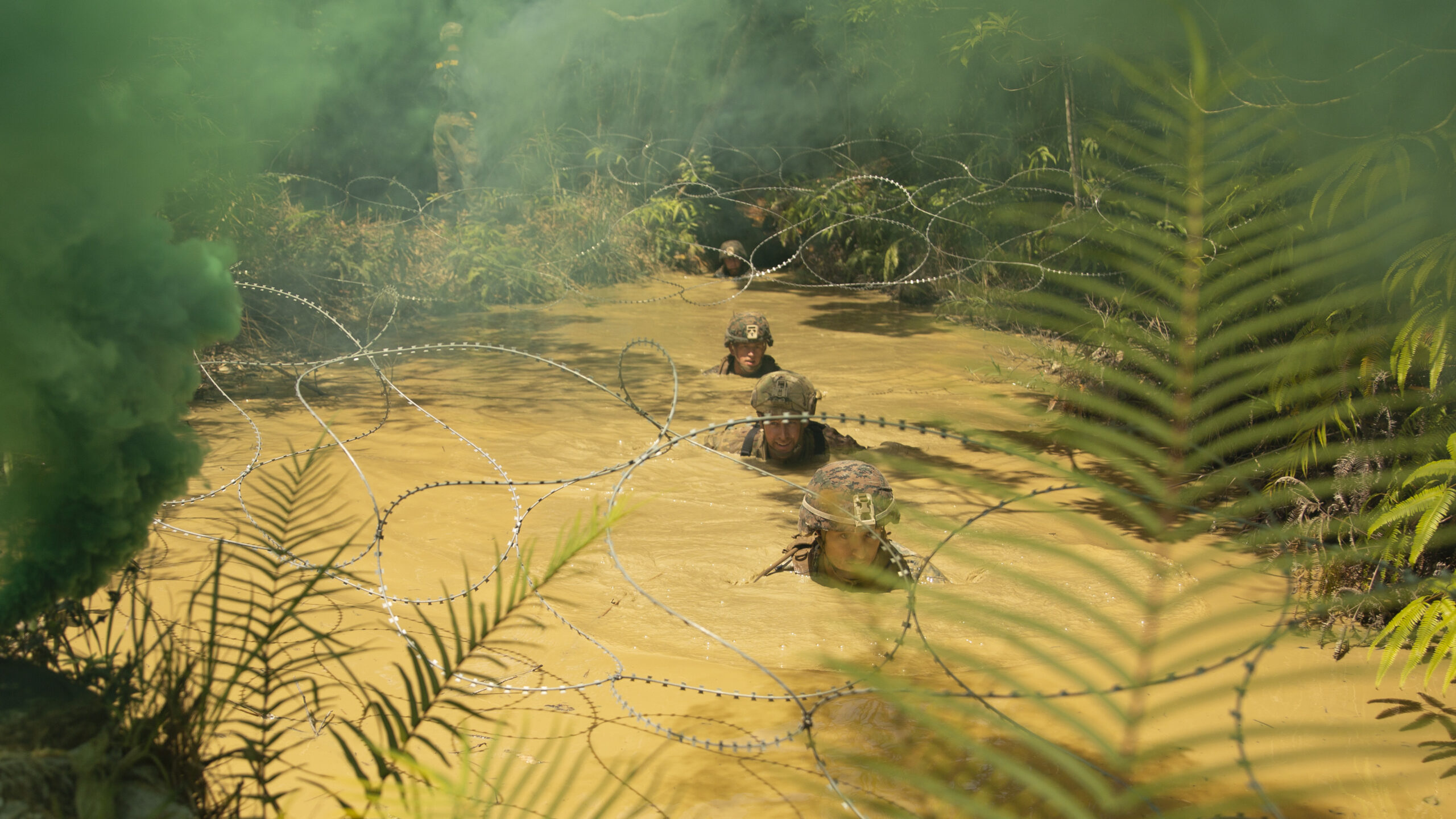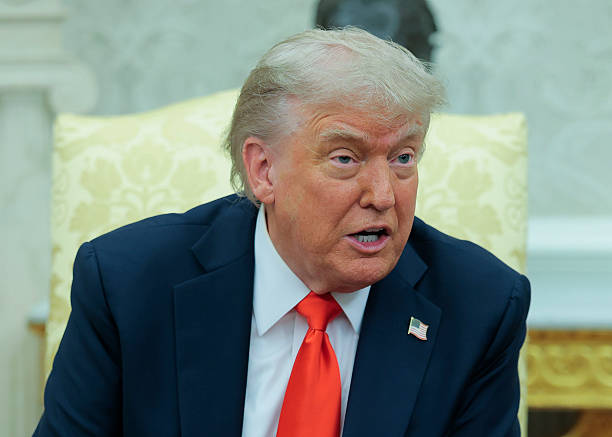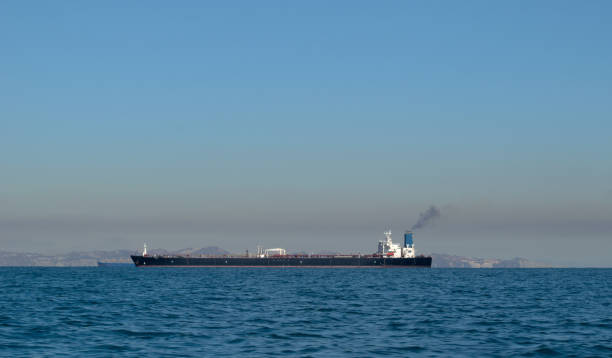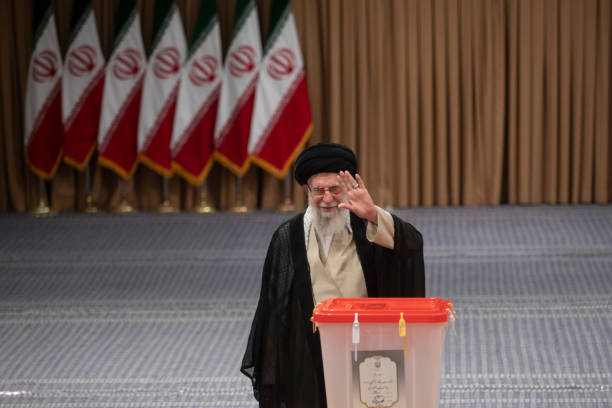Okinawa activists rally to close US Military bases
In Okinawa, Japan, a wave of protests has surged as thousands of demonstrators converged near Kadena Air Base, demanding the closure of U.S. military bases on the island.

In Okinawa, Japan, a wave of protests has surged as thousands of demonstrators converged near Kadena Air Base, demanding the closure of U.S. military bases on the island. The annual protests have taken on added significance due to Okinawa’s strategic location, just a one-hour flight away from Taiwan, which positions it at the center of a potential superpower showdown in the Pacific. The protesters, who have been fueled by longstanding grievances, also voiced their concerns about the presence of Osprey aircraft, demanding their removal due to safety risks and disruption to their daily lives. https://twitter.com/onlydjole/status/1658088201146302465?s=20 With chants of “Give us back our peaceful life!” and “Osprey get out!” resonating through the air, protesters made their voices heard, expressing their frustration and opposition to the continued presence of U.S. military installations. The reference to “Osprey” reflects the discontent surrounding the military helicopters frequently spotted in Okinawa’s skies. The history behind the U.S. military’s involvement in Okinawa goes back to World War II when it established a significant presence on the island, which was then under U.S. occupation until 1972 when it was returned to Japanese sovereignty. Throughout the years, issues such as chemical contamination, noise pollution, and crimes committed by U.S. servicemen, have ignited anger among the local population and triggered large-scale protests. Critics argue that Okinawa shoulders an unfair burden in the U.S.-Japan military alliance, given its limited land area compared to the concentration of American military facilities it hosts. Despite accounting for less than 1% of Japan’s total land area, Okinawa is burdened with over 70% of all U.S. military installations in the country. This lopsided distribution has fueled resentment and a sense of inequity among the island’s residents. Okinawa Governor Denny Tamaki has been actively lobbying both the Japanese and U.S. governments to address the issue and work towards reducing the military presence on the island. His efforts aim to alleviate the concerns of the local population and restore a sense of balance in the U.S.-Japan alliance. The Japanese government has acknowledged the concerns of Okinawan residents while stressing the importance of the U.S. military presence for regional security and stability. The U.S. military has not yet provided an official comment in response to the ongoing protests. In the past, President Biden expressed gratitude for Japan’s unwavering support for democracy, freedom, and the rule of law, as well as Okinawa’s contribution to upholding these values. However, the growing protests indicate a rising urgency for a more comprehensive examination of the Okinawa-U.S. military relationship and a potential shift in the distribution of military facilities. As Okinawa’s protests continue to gain momentum, the government faces mounting pressure to address the concerns of its residents, striking a delicate balance between maintaining security alliances and respecting the wishes of those affected by the military presence. The outcome of these protests could potentially shape the future of U.S. military bases in Okinawa and have broader implications for regional security dynamics in the Pacific.




.jpg)


Conversation